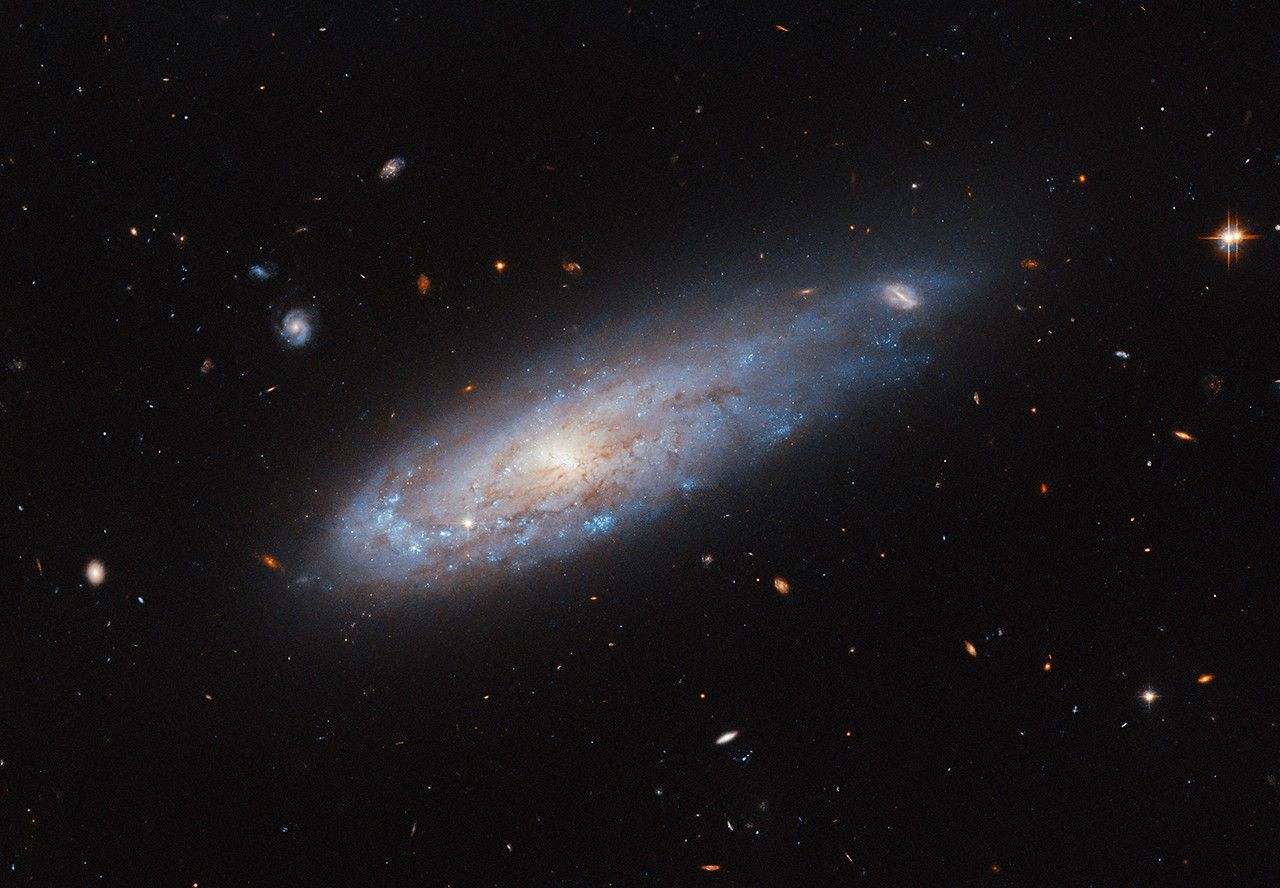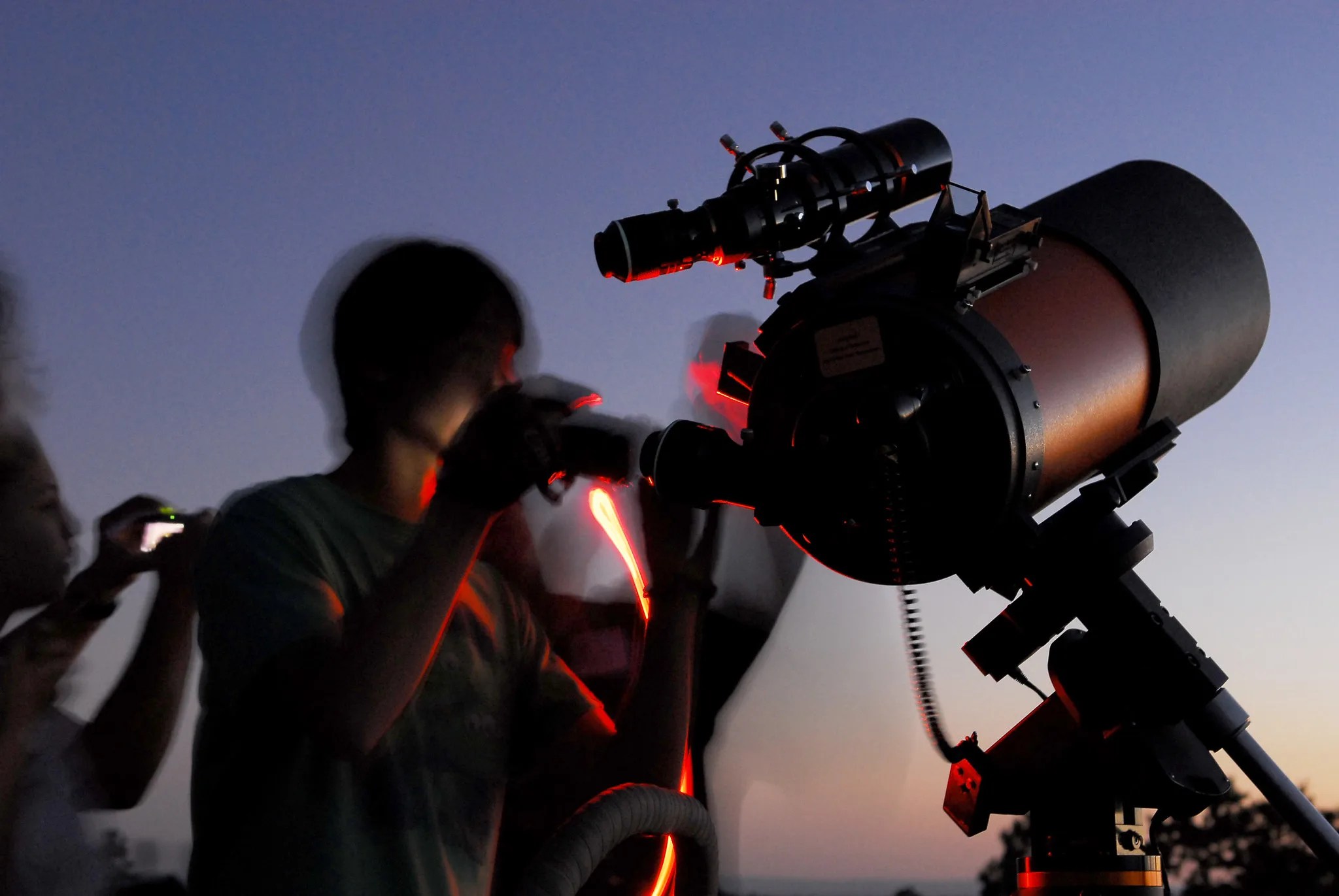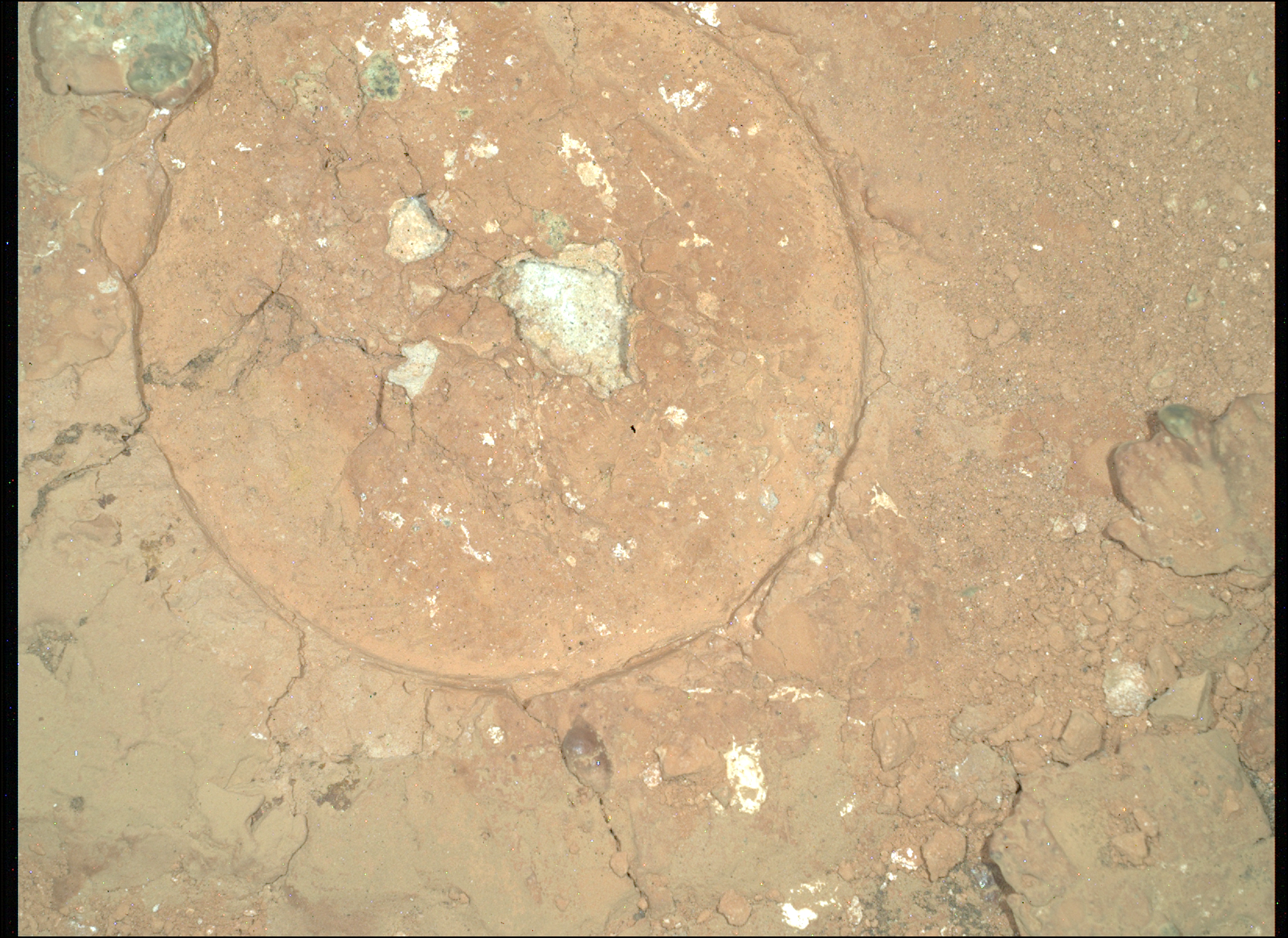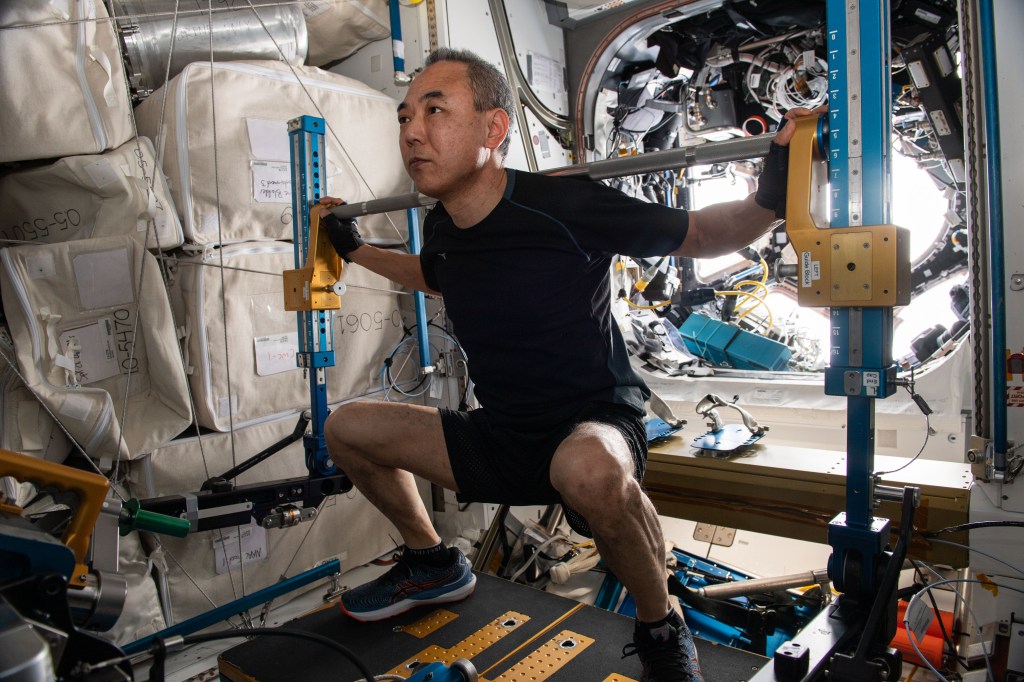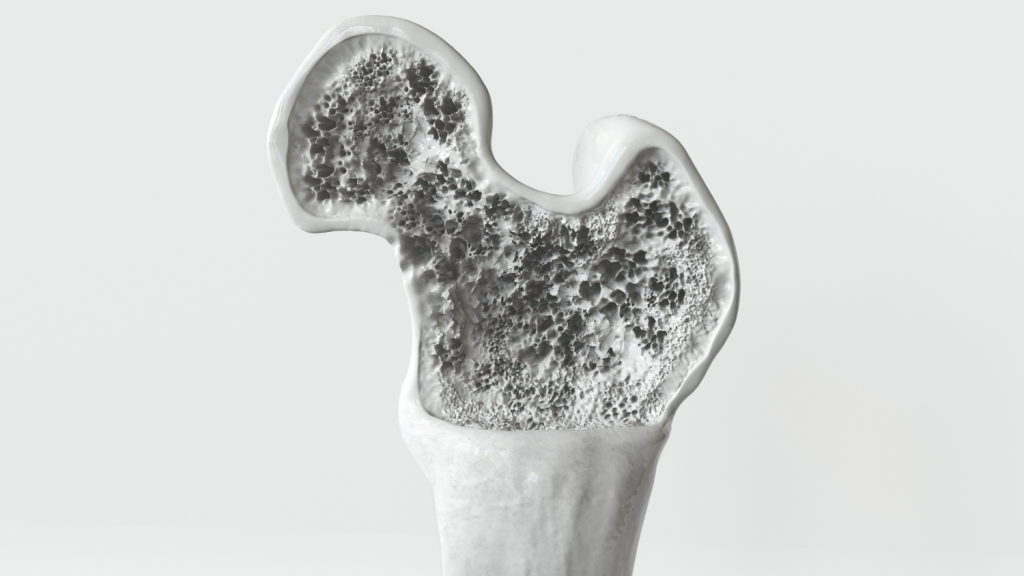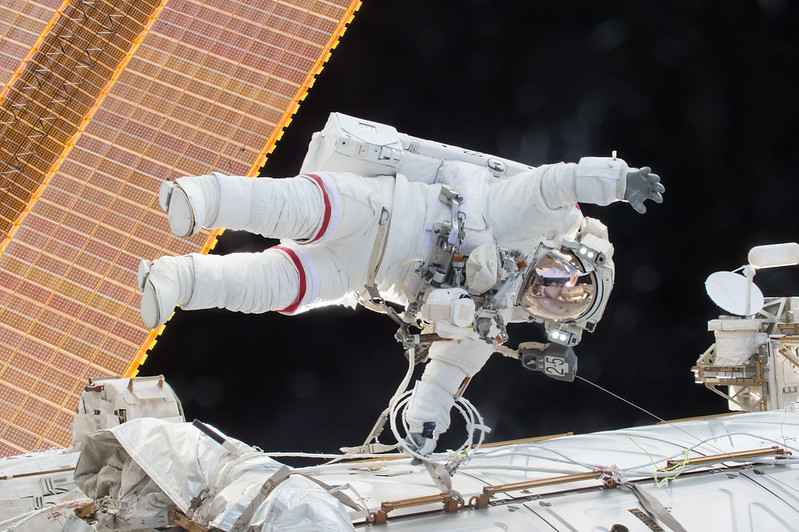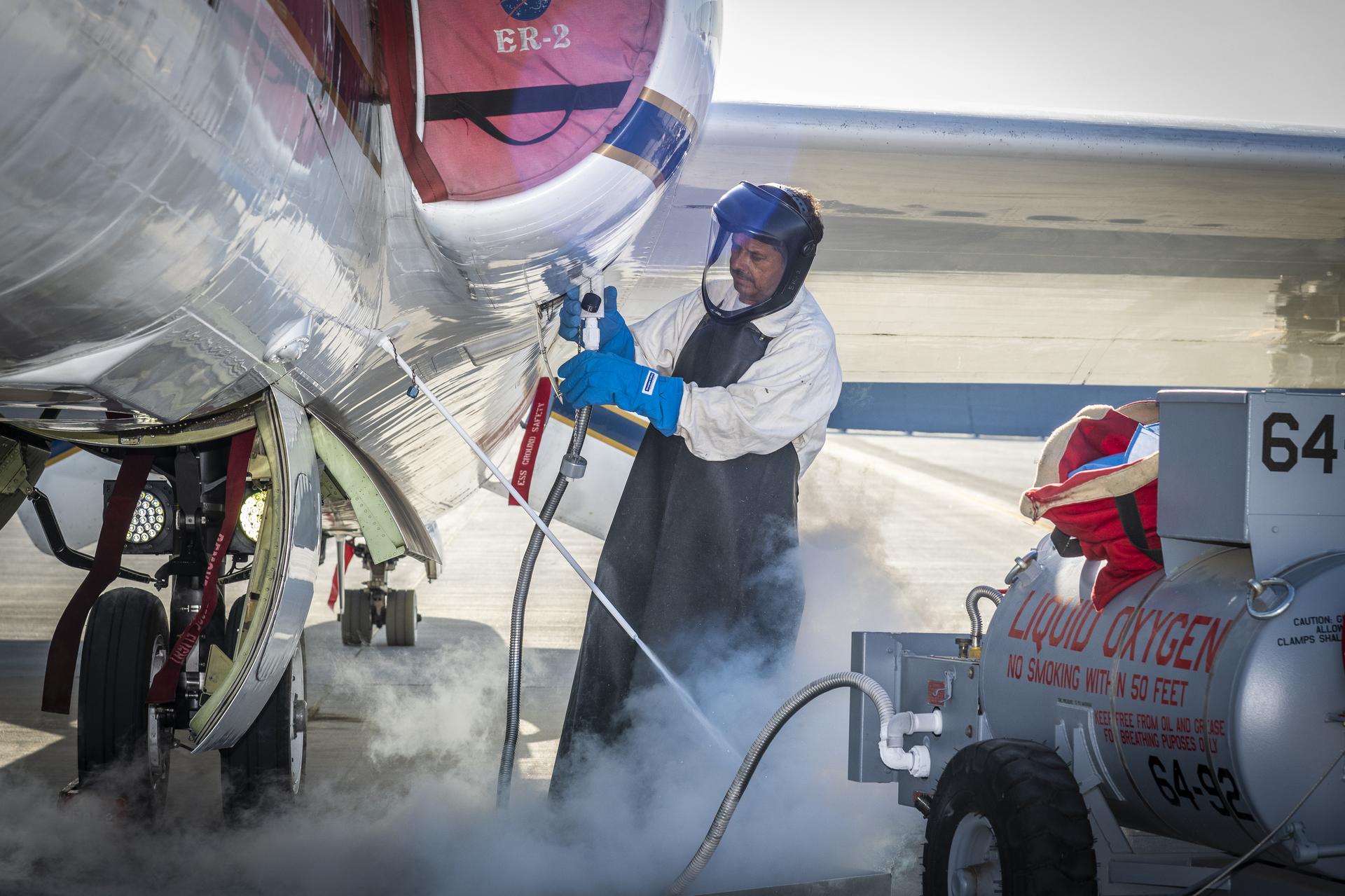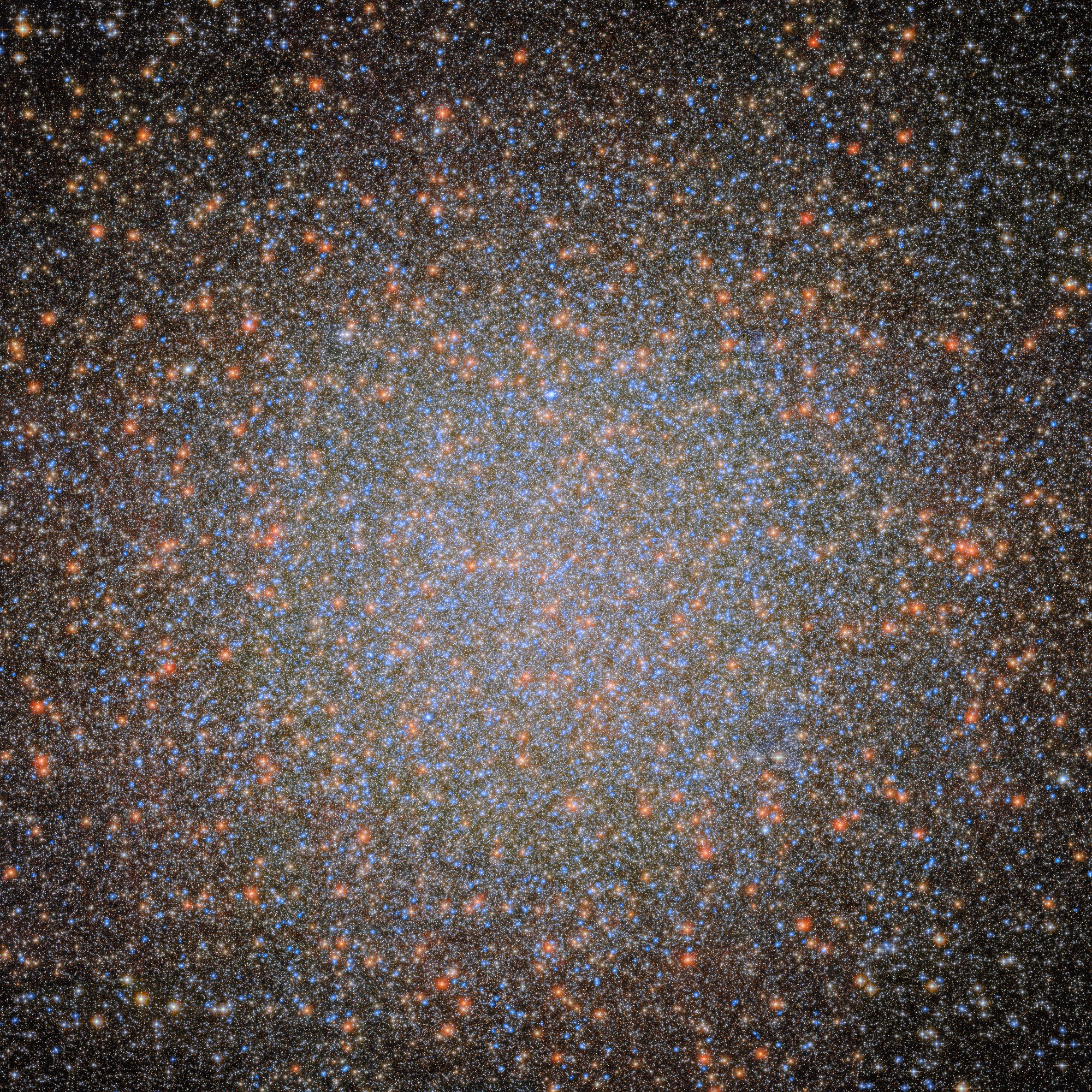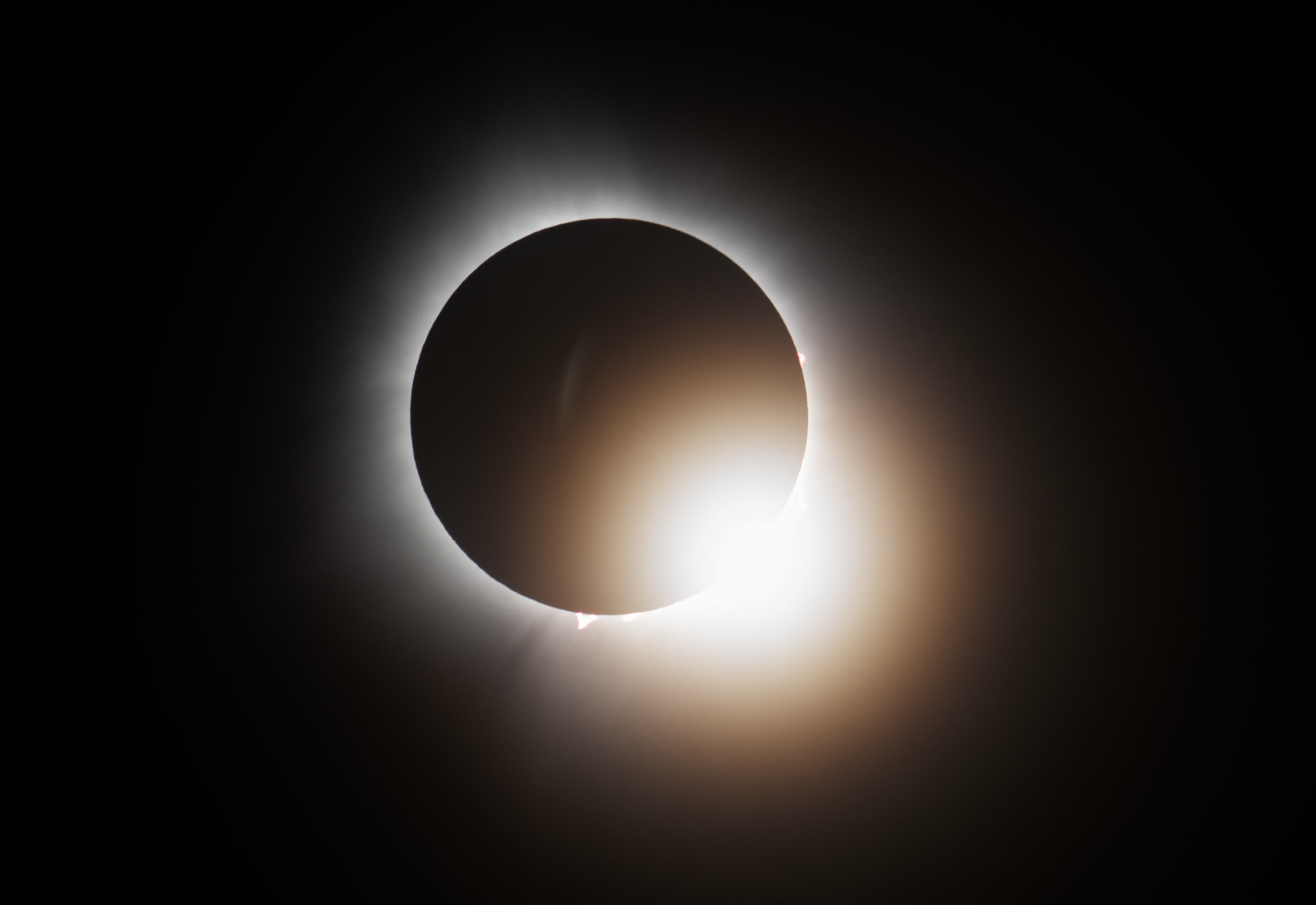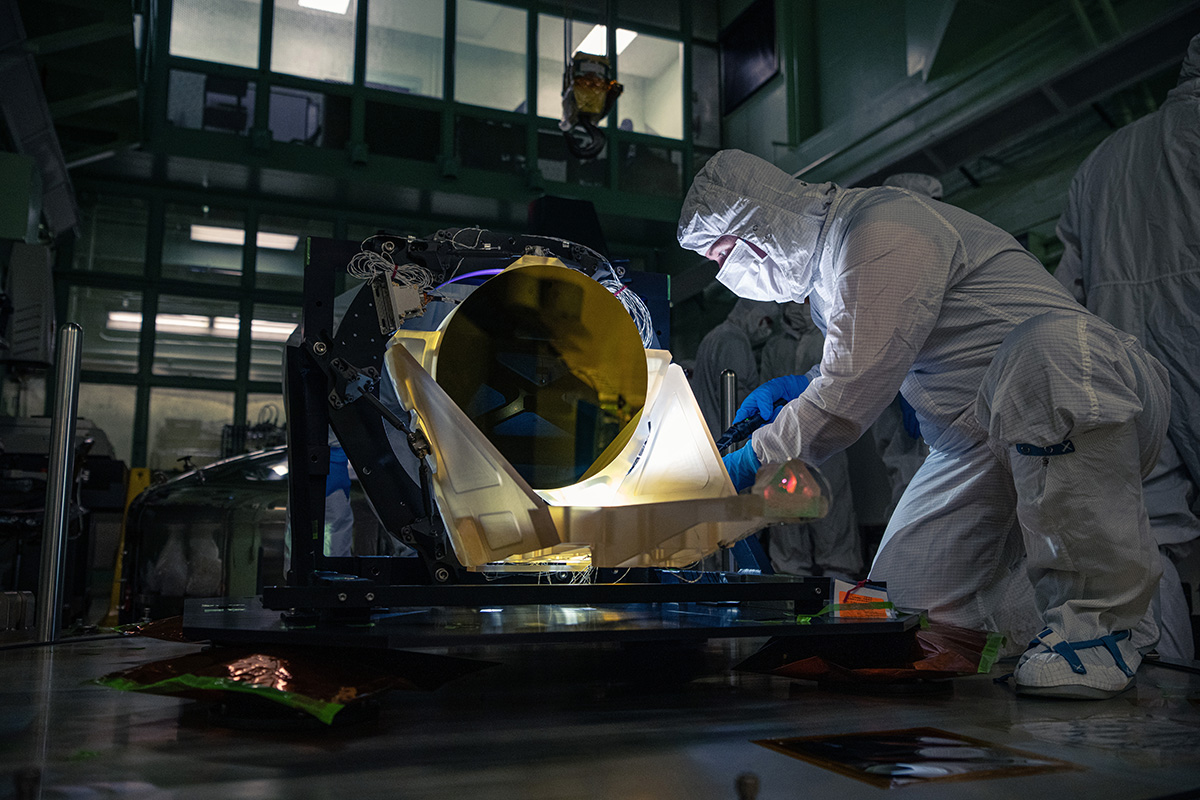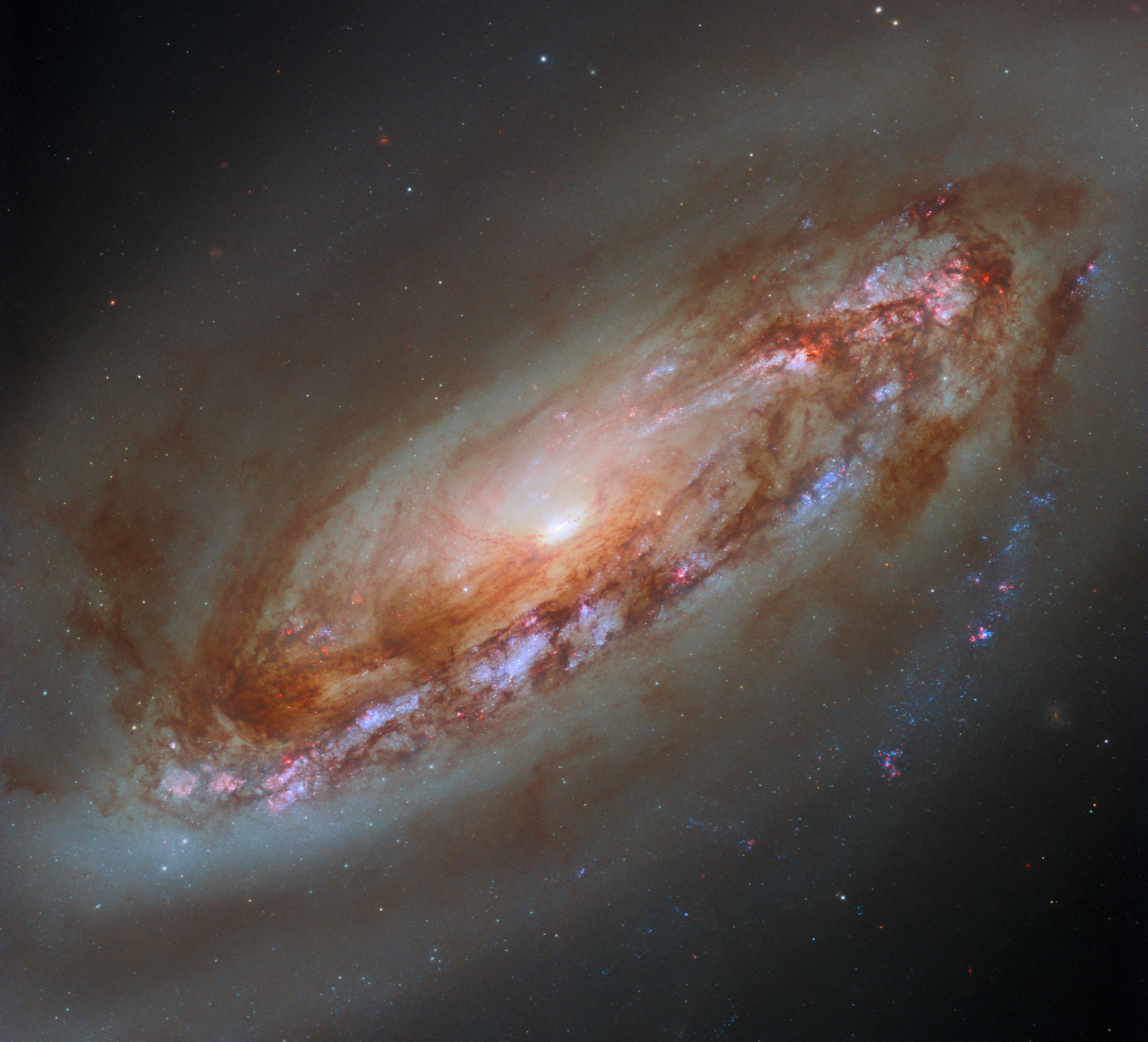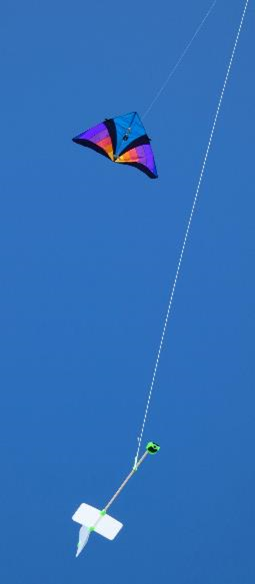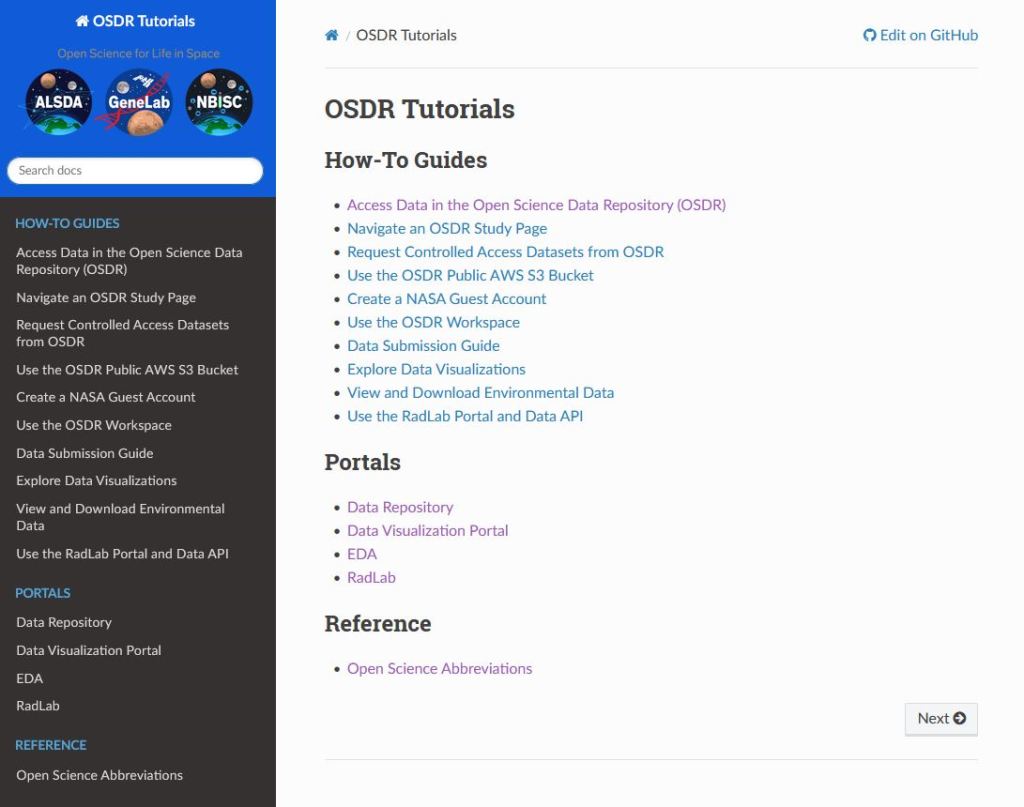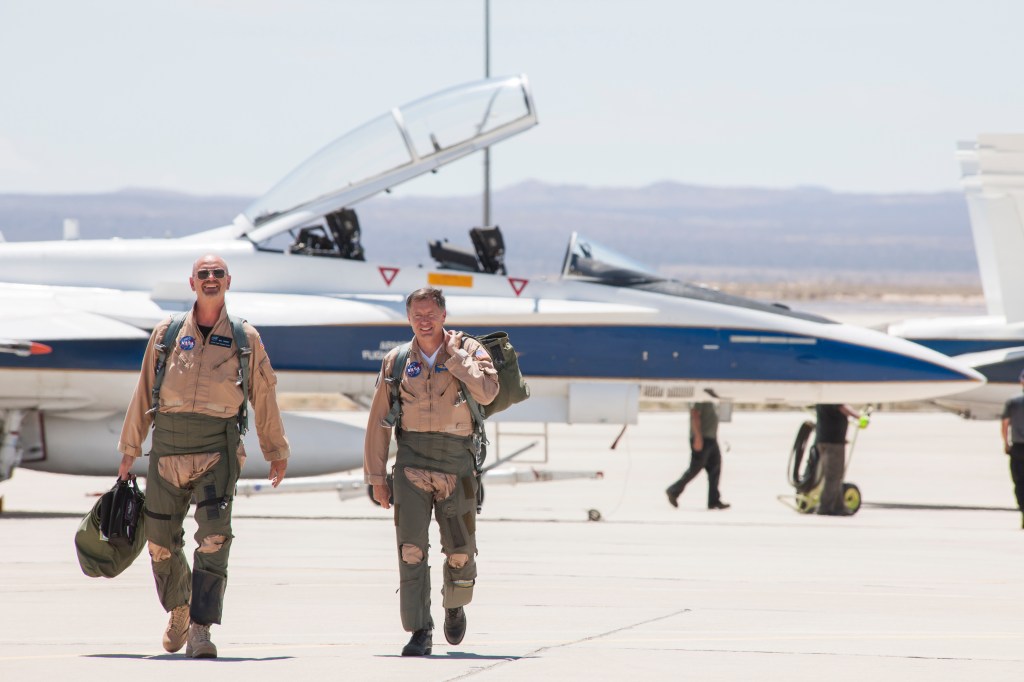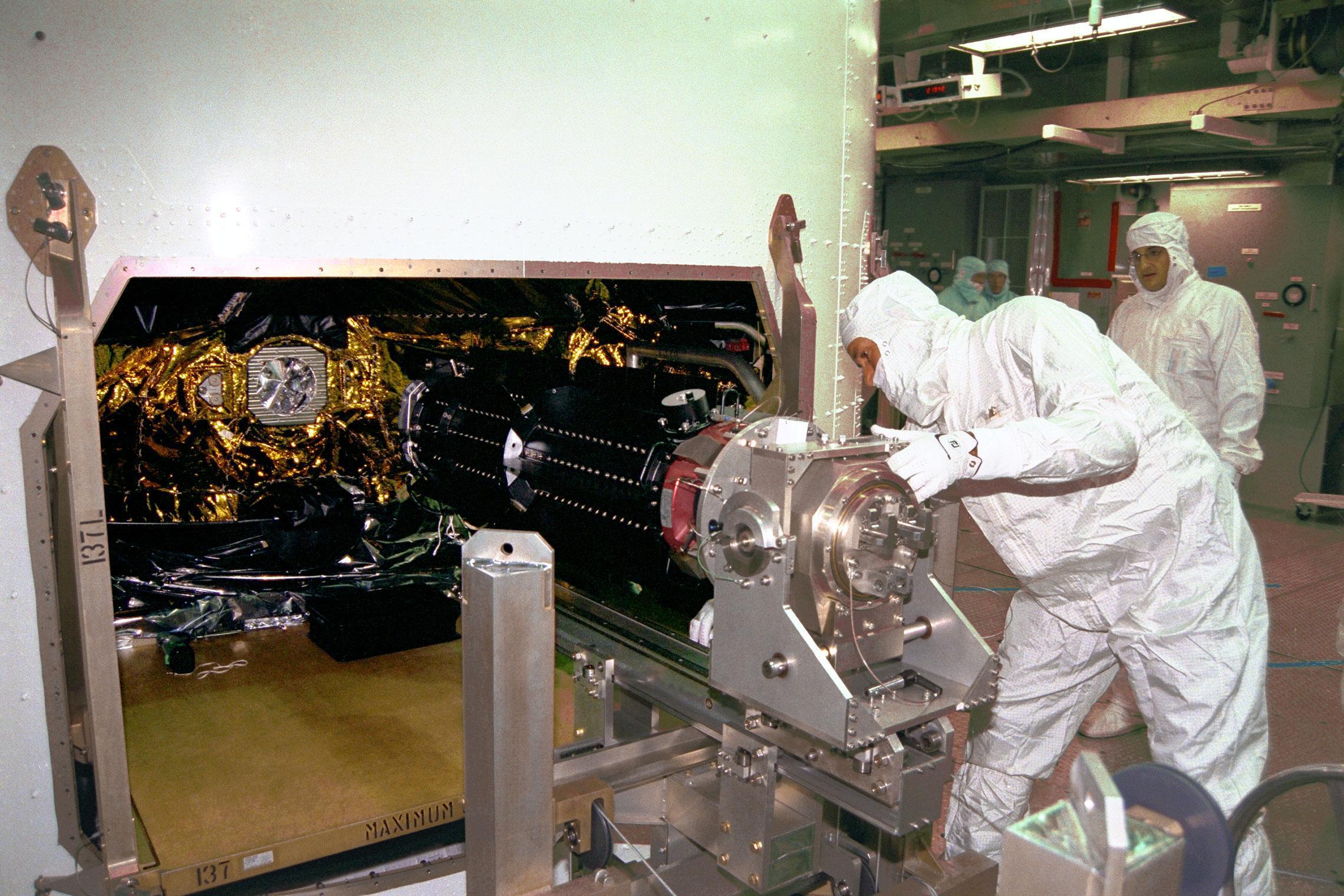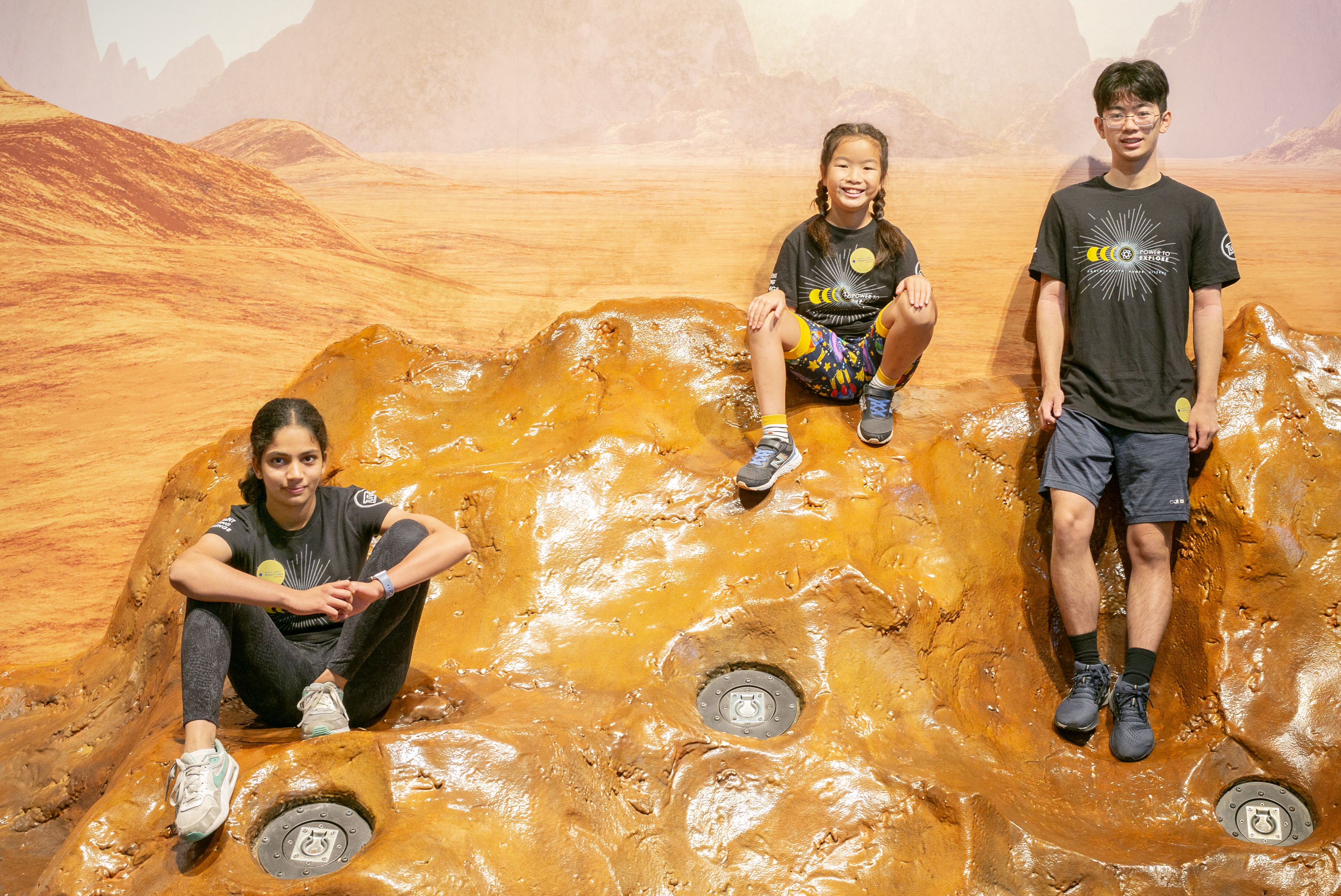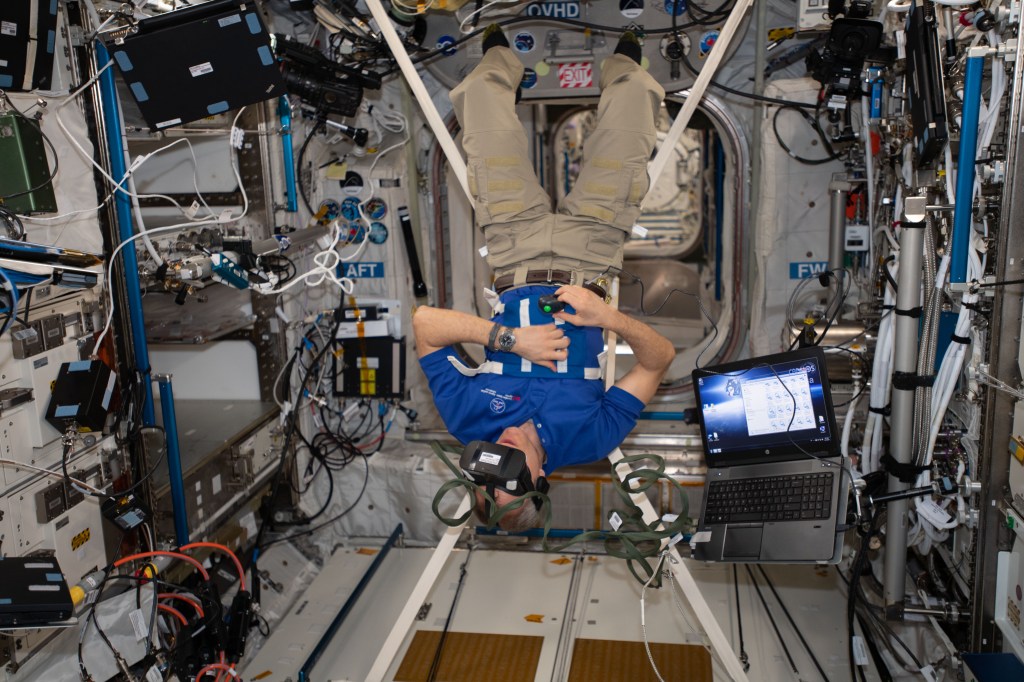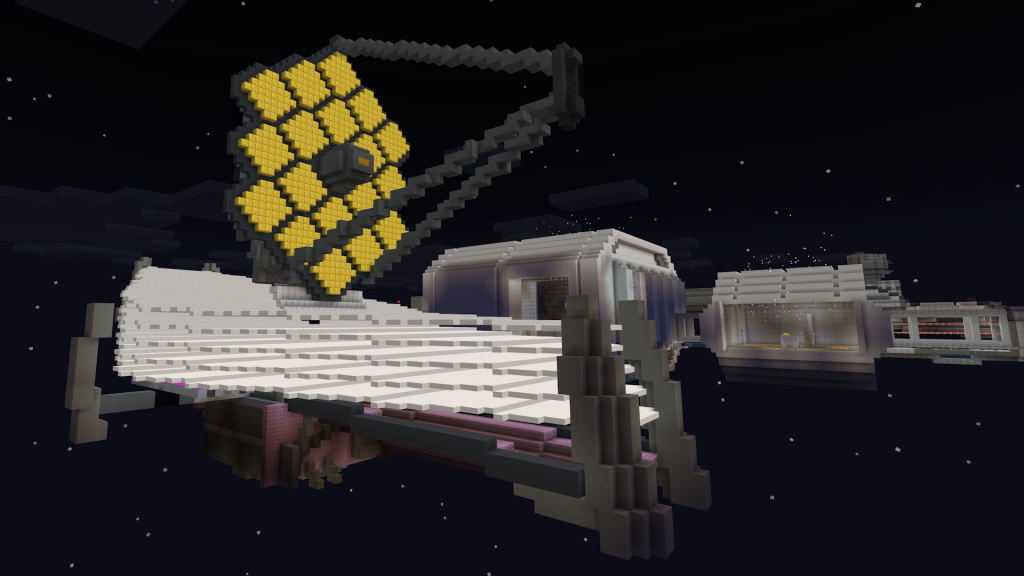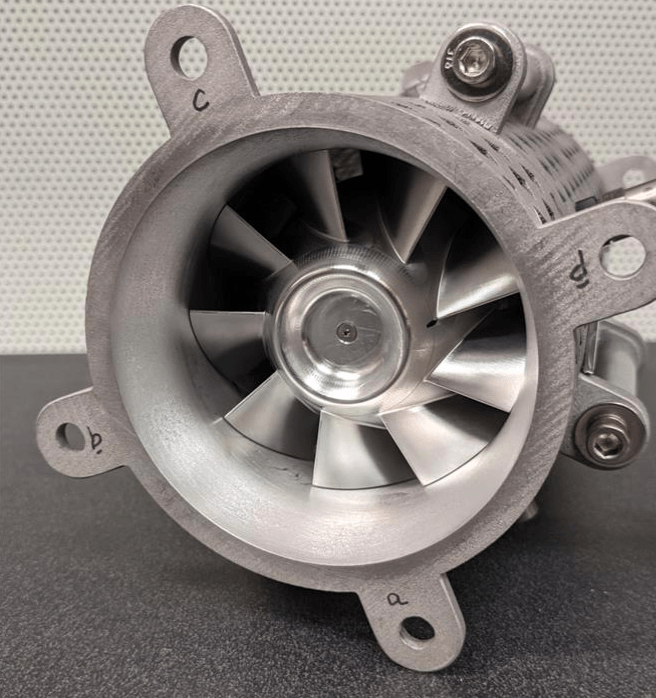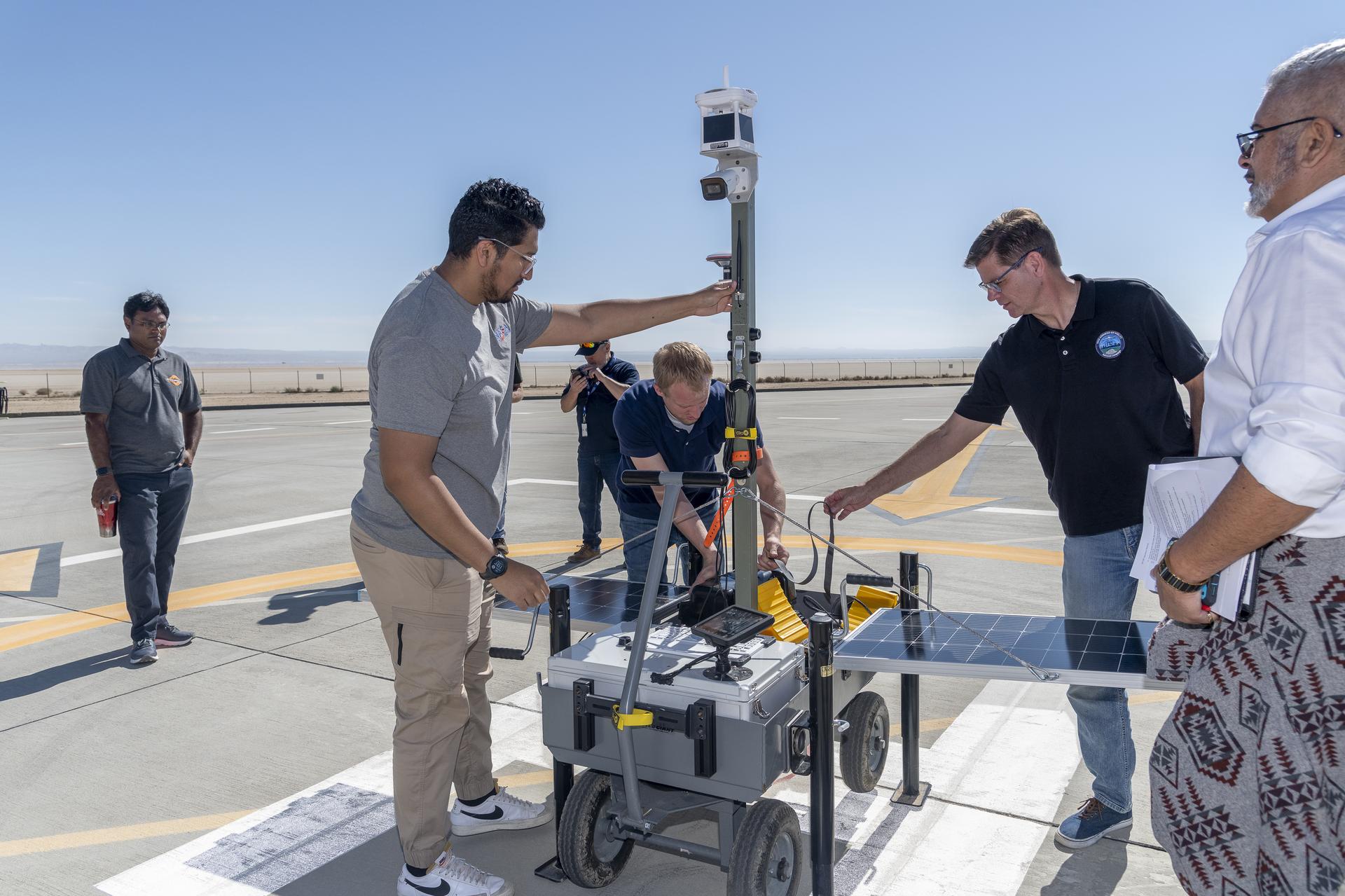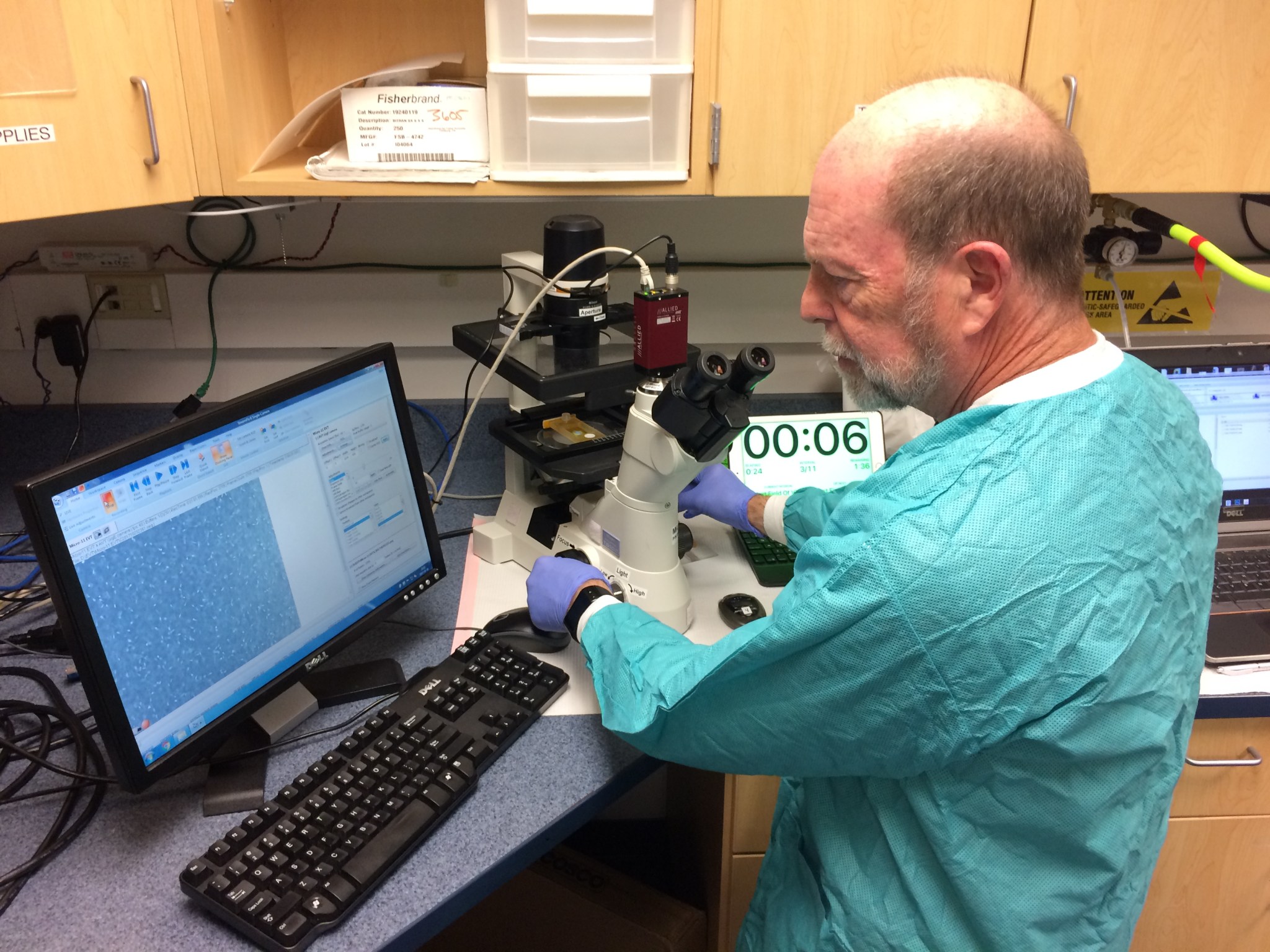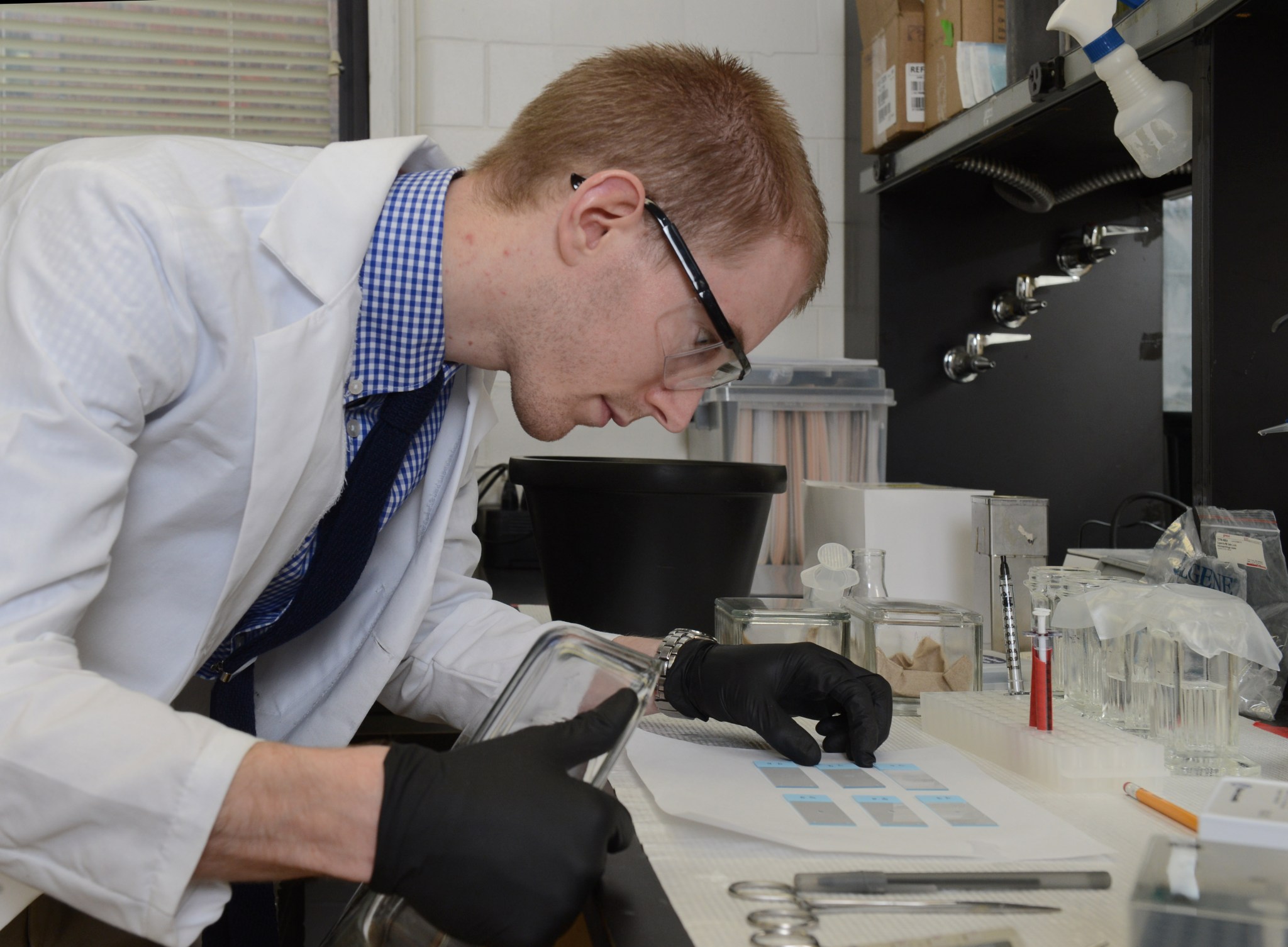Micro-11 (SpaceX-14)
Spaceflight-Altered Motility Activation and Fertility-Dependent Responses in Sperm
The Micro-11 mission, launching to the International Space Station on SpaceX-14 in April 2018, will study the effects of microgravity on sperm function. Little is currently known about the biology of reproduction in space and this experiment will address this gap by measuring – for the first time – how well human sperm functions in space.
In mammals, including humans, fertilization occurs when a sperm cell swims to an egg and fuses with it. Before this can happen, the sperm cell must first be activated to start moving (motility activation). Next, to prepare it for fusing with the egg, the sperm cell must start moving faster and its cell membrane must become more fluid (these two processes together are called capacitation). Previous experiments with sea urchin sperm suggest that motility activation happens more quickly in microgravity, while capacitation happens more slowly, or not at all. Delays or problems with sperm capacitation could prevent fertilization from happening in space.
For this experiment, human sperm and bull sperm will be sent to the International Space Station as frozen samples. Once on station, the astronaut crew will thaw the samples and combine them with a chemical mixture that triggers motility activation. Half of the samples will be combined with a chemical mixture that also triggers capacitation, while as a control, the other half of the samples will be combined with a chemical mixture that doesn’t trigger capacitation. Videos of the samples under a microscope will be made so that researchers on the ground can assess how well the sperm move. Finally, the samples will be mixed with preservatives and returned to Earth, where they’ll be analyzed to see whether capacitation occurred and whether the sperm samples from space differ from sperm samples activated on the ground.
Studying reproductive biology in space is useful for basic research, because the unique environment of microgravity can reveal processes and connections that are not visible in the normal 1g environment on Earth. It may also enable longer space exploration missions in the future. We still don’t know how long-duration space missions affect human reproductive health, and whether infertility may be a risk for future astronauts. In addition, a successful base on the Moon or Mars may require self-perpetuating colonies of animals and plants.
Payload Manager: Elizabeth Pane, NASA Ames Research Center
Project Scientist: Fathi Karouia, Ph.D., FILMSS, NASA Ames Research Center
Principal Investigator: Joseph S. Tash, Ph.D., University of Kansas Medical Center
Payload Developer: Louis Stodieck, Ph.D., Bioserve Space Technologies
Author: Yael Kisel
For more information, see the Space Station Research Explorer for the Micro-11 mission.


